Imagine you step into a virtual version of your own city. But wait, it’s not just some boring 3D map it’s like the city is alive. It moves, changes, and updates itself with real-time info all the time. Sounds futuristic, right? Well, actually, this is happening now thanks to something called digital twins. They’re already changing how cities are designed, managed, and even how we live in them. If you’ve ever wondered what makes a city “smart,” digital twins are a big piece of that puzzle. Honestly, they’re one of the coolest innovations driving the future of urban life.
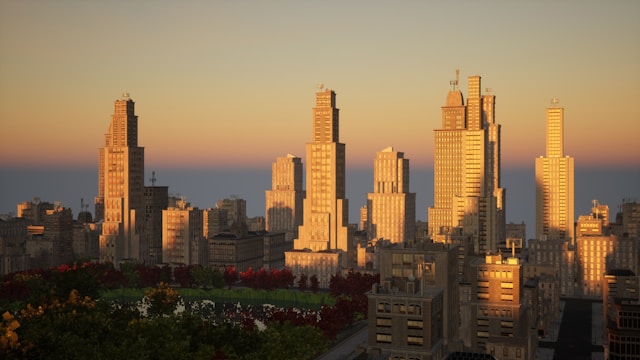
So, What Exactly Is a Digital Twin?
Alright, let’s break it down. In the world of cities, a digital twin isn’t just a fancy map. Think of it as your city’s digital doppelgänger a super detailed virtual copy that mirrors everything from buildings and roads to how traffic flows and utilities work. And here’s where it gets really interesting: these digital twins are hooked up to tons of sensors all over the city on traffic lights, inside buildings, on water pipes, everywhere! Thanks to this IoT integration, all that data keeps the virtual version perfectly in sync with what’s going on outside your door.

But here’s the kicker: city managers can now see what’s happening and why it’s happening and sometimes even what’s about to happen next.
Making City Infrastructure Smarter
Let’s be honest fixing stuff in cities has always been kind of a waiting game. Something breaks? Then we scramble to repair it. But with digital twins? That whole routine gets flipped upside down.
Sensors on bridges or underground pipes send constant updates to the digital twin. If there’s a weird vibration or pressure drop somewhere, the system spots it before anything major goes wrong. So instead of waiting for a water main to burst and flood Main Street at rush hour, maintenance teams can jump in early and fix things quietly (and way cheaper). It means fewer surprises for everyone and way less money wasted on emergency repairs.
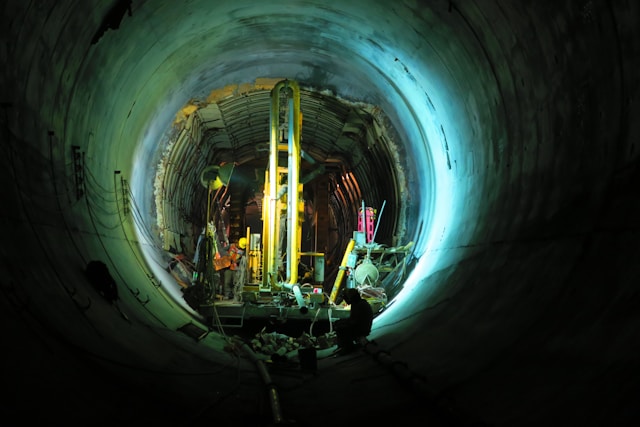
Rethinking Urban Planning
Urban planning has always involved a lot of guessing games. Will building that new apartment block make traffic worse? What happens if we add another school or park? In the past, planners had to rely on best guesses or old data.
Now though? With digital twins acting as smart city simulators, planners can test out scenarios virtually before making any big moves in real life. Want to see how adding bike lanes or closing off a street would affect things? Just run the simulation first! This leads to smarter decisions, better use of resources, and honestly cities that just work better for everyone who lives there.
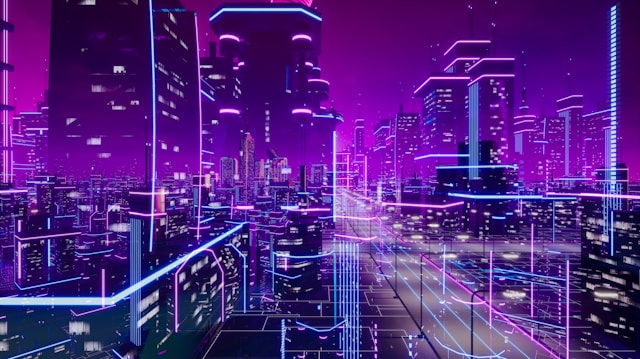
Beating Traffic Jams
Okay, let’s talk about traffic the headache we all know too well! Digital twins are tackling congestion by simulating actual traffic flow using live data from cameras and sensors (even factoring in accidents or bad weather). The system can then adjust stoplights automatically or suggest different routes for drivers.
Public transportation routes can be tweaked on-the-fly based on where people actually need buses or trains most at any given moment. Looking ahead, these tools will help plan for things like self-driving cars or new mobility services without causing chaos on opening day.

Keeping an Eye on the Environment
More and more cities want to cut pollution and improve quality of life but you need solid data to do that right. Digital twins make it possible by bringing together info about air quality, noise levels, temperature spikes (urban heat islands), and more all in one place.
Officials can spot pollution hotspots quickly or see if those new rooftop gardens are actually cooling down neighborhoods like they hoped. It makes hitting sustainability goals feel doable instead of overwhelming.

Saving Energy Like a Pro
Cities gobble up energy non-stop and managing all that power efficiently is tough work. Here’s where digital twins shine again: they model how energy flows through an entire grid so operators can spot waste or redirect electricity during peak times.
At the building level? Twins track energy use based on who’s inside, what time it is even if clouds roll in and block solar panels for an hour! This helps find easy wins for energy savings without sacrificing comfort (or running up bills).
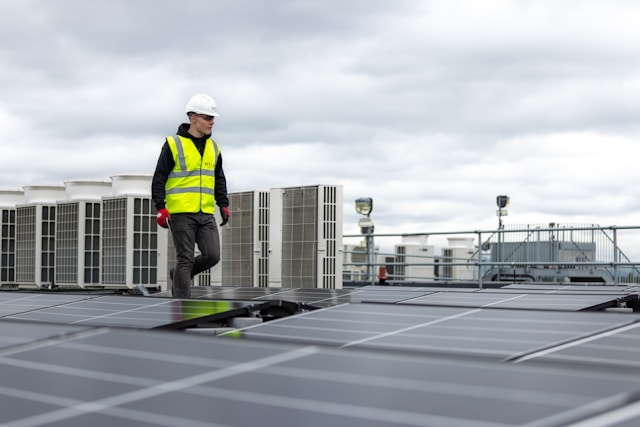
Ready for Emergencies
Disasters don’t wait for anyone and when they hit, every second counts. With smart city digital twins set up for disaster management, cities can run simulations ahead of time: think floods, earthquakes even big events with massive crowds.
If trouble strikes for real? The twin delivers real-time updates so responders know exactly what’s going on and where help is needed most. It means faster reactions and better outcomes when every minute matters.
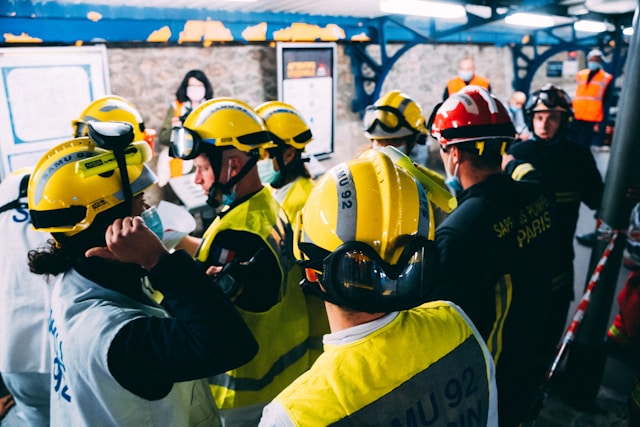
Running Real-Time Simulations
The coolest thing about digital twins might just be how alive they are. Planners can ask “what if?” questions anytime with answers based on fresh data:
- What if we close this road tomorrow?
- How will public transit handle a sudden spike during festival season?
- What if there’s an unexpected heatwave?
With dynamic analytics built into these platforms, cities stay ready for whatever comes next no more flying blind!
Sparking Innovation & Getting Citizens Involved
Digital twins aren’t only useful behind closed doors; they’re also playgrounds for creativity! Startups or researchers can test out new tech ideas in a risk-free virtual space before rolling them out citywide.
Plus they make citizen engagement way easier (and more fun). Imagine exploring new park designs from your laptop at home or voting on proposed projects using interactive 3D maps online! This kind of transparency builds trust and gives everyone a voice in shaping their own neighborhood.
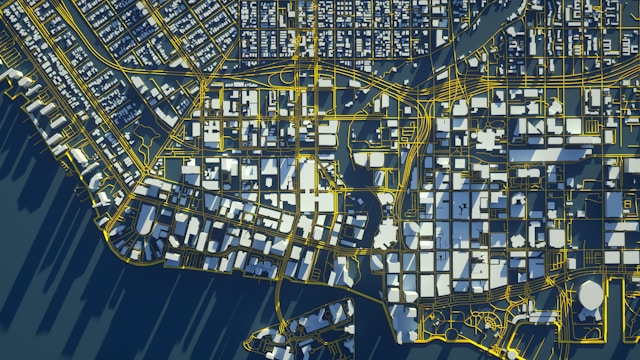
Real-Life Examples
This isn’t just theory cities around the world are already seeing results:
- Singapore uses its giant digital twin to manage infrastructure and plan smarter developments.
- Helsinki taps its twin for greener energy planning and climate adaptation.
- Newcastle in the UK focuses on integrated infrastructure like energy systems and flood control through its own digital twin setup.
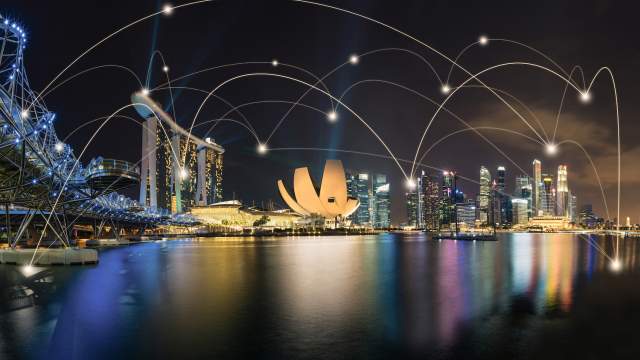
Pretty cool seeing these ideas come alive across the globe!
Hurdles Along the Way
Of course it’s not all smooth sailing yet. Building out full-blown city-scale digital twins comes with challenges:
- Getting all that data synced up from different sources isn’t easy
- The upfront costs (for sensors and software) can be steep
- Keeping everything secure (especially private info) is super important
- Scaling up as cities grow takes careful planning
- There’s still a shortage of experts who know how to build and maintain these systems
But hey none of these issues are deal-breakers; they’re just bumps in the road towards something awesome.
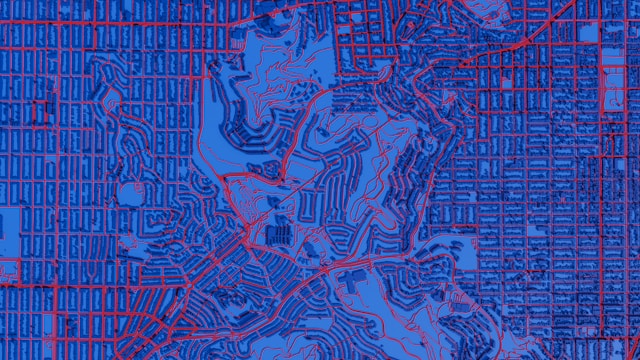
What’s Next?
Looking ahead? Expect even more exciting stuff:
- More AI will mean smarter predictions (and maybe some decisions made automatically)
- Standards will pop up so different systems play nicely together
- Specialized “mini-twins” (like one for water supply) could link up into one mega-system
- Virtual reality will make interacting with these models feel almost like being there yourself!
It feels like we’re only scratching the surface right now.
Wrapping Up: Cities Built for Tomorrow
Bottom line digital twins aren’t just shiny tech toys; they’re turning into must-have tools for running modern cities smoothly. They help cut waste, boost safety, save money and make life better day-to-day while keeping an eye firmly on long-term sustainability too.
Sure there are some hurdles left to clear but honestly? The direction is set. With real-time data fueling smarter decisions every day, digital twins are paving the way towards cities that aren’t just bigger but truly better places for us all to live.
So yeah the future looks pretty bright from here!
